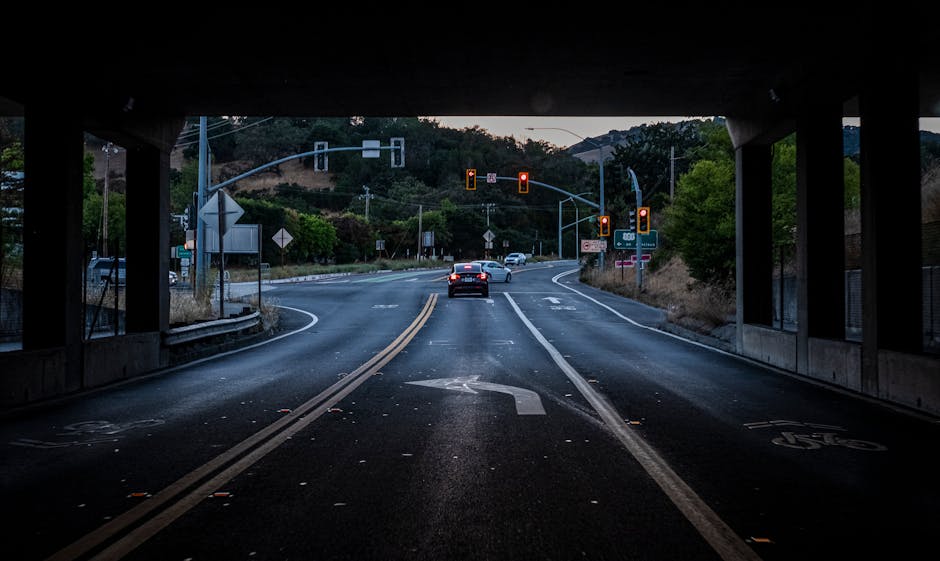Britain’s Toads in Crisis
Once abundant in gardens and woodlands, UK toad populations are collapsing—victims of roadkill, habitat loss, and pollution. Every spring, thousands are crushed during migration, with some local populations declining by 68%.
Why Roads Are a Death Trap
Toads’ slow movements and freezing instinct make them vulnerable to traffic. Dr. John Wilkinson of Amphibian and Reptile Conservation states, “Entire populations are wiped out overnight. Cars turn them into mush.” Froglife estimates 750,000 toads die annually on UK roads.
Why Toads Matter
- Pest control: They eat slugs, mosquitoes, and insects.
- Ecosystem balance: Prey for birds and hedgehogs.
- Environmental indicators: Their decline signals wider habitat degradation.
Conservation Efforts
- Toad Crossings
Volunteers patrol migration routes, moving toads safely via Froglife’s “Toads on Roads” project. - Wildlife Tunnels
Rare in the UK, but advocates push for more amphibian-friendly infrastructure. - Community Action
Awareness campaigns urge drivers to slow down in migration zones.
Challenges & Solutions
Urban expansion and climate change threaten progress. Experts demand:
– Govt-funded tunnels and signage.
– Stricter speed limits in hotspots.
– Public involvement in patrols and habitat creation.
How to Help
- Drive carefully on spring evenings.
- Volunteer with local toad patrols.
- Build ponds/log piles to support habitats.
A Fight for Survival
“Every toad saved is a victory,” says Dr. Wilkinson. But systemic change is needed to reverse the decline. Will Britain act in time?
— NextMinuteNews




